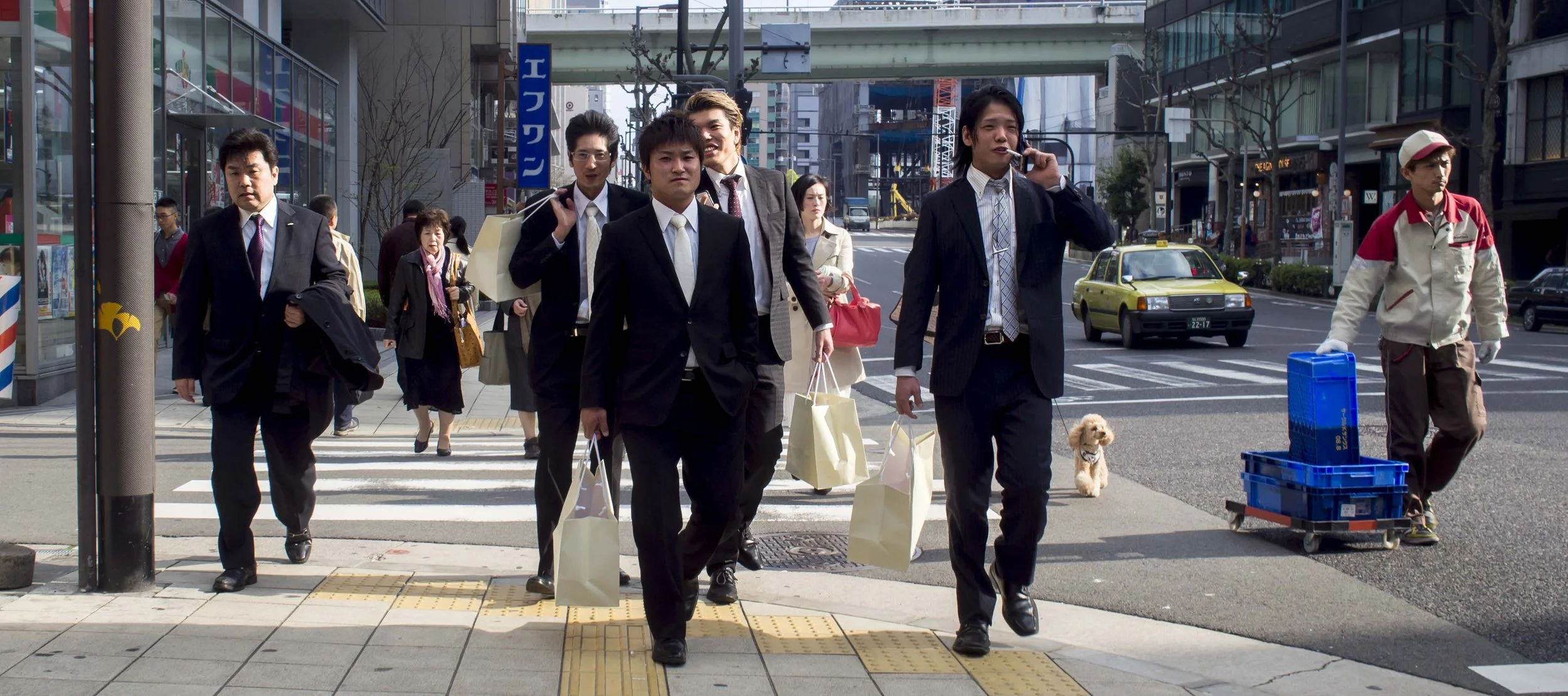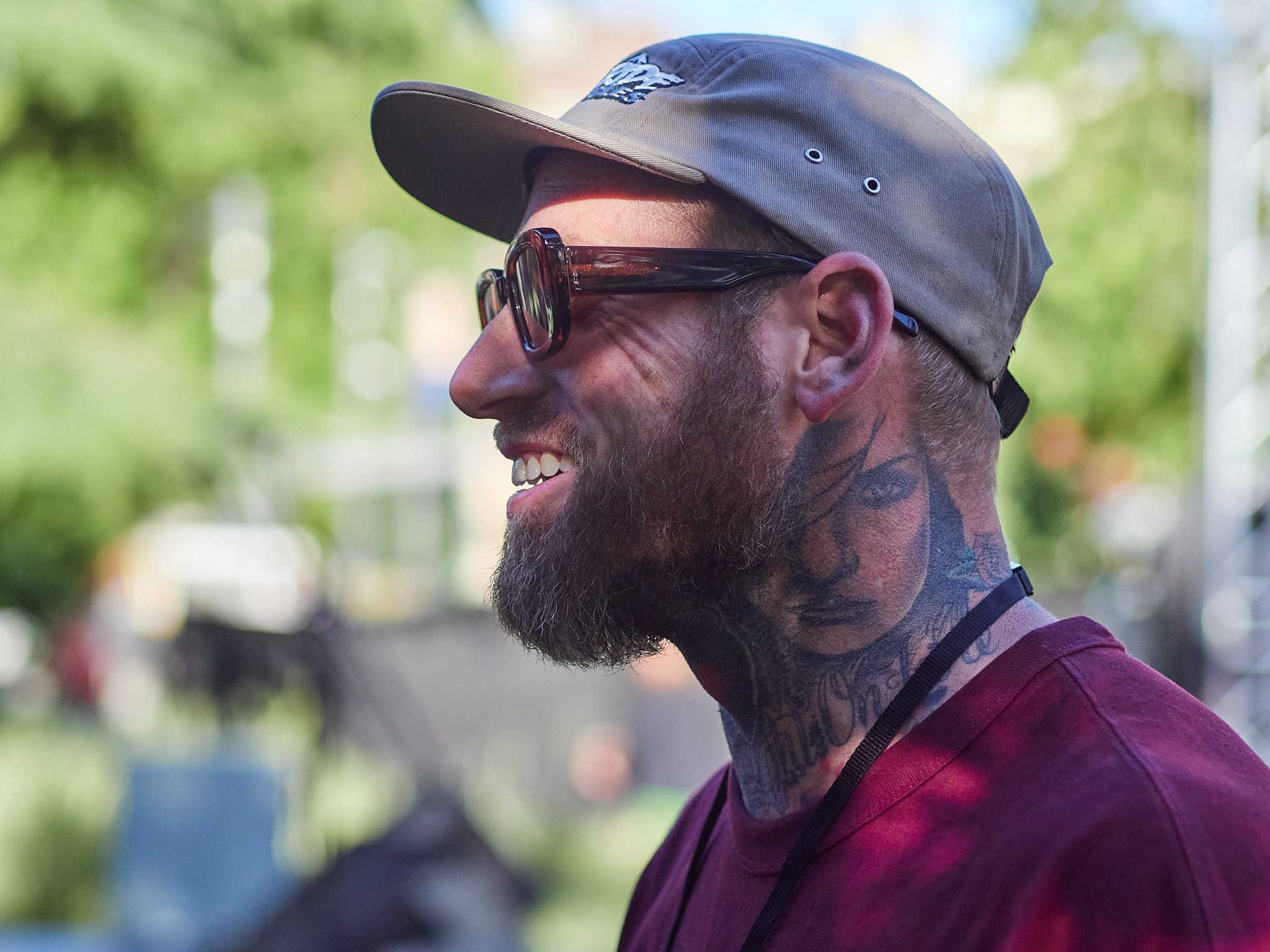Bit depth is important, but only to a point. 10-bit is the basic requirement these days. It is not that 8-bit cannot do the job, but more depth makes everything easier down the track and avoids little issues like banding in solidly coloured transitions like the sky. It is not like the difference between RAW or jpegs in stills photography (see colour codecs below for that), but it does help sometimes.
It is also a relatively small added footprint compared to other quality increases, especially for the return. Higher than 10-bit does not seem to be of much benefit to an intermediate grade shooter only cinematic work, so like resolution, 10-bit is the benchmark and some programmes cannot even handle more than 8-bit.
Colour depth. 4:2:0 seems to be enough here. 4:2:2 is better apparently for green screening and heavy grades, although modern software seems to be able to handle nearly anything, so 4:2:0 is a good bench mark. Drastically lower is an issue, especially if any grading is needed. In the last two 10-bit/4:2:0 seems to be a good balance.
End Format. MOV is better than MP4, but either will do and the difference can depend more on other factors. MP4 has more acceptance post processing, so if you are unsure of the end use, use it, but otherwise MOV is better.
Colour codecs are like the difference between RAW and jpegs in stills photography.
It goes something like this;
RAW. Great if you can get it, but also have the tools and need maximum grading quality. Apple ProRes and Black Magic B-Raw are often at loggerheads, so be sure what your processing stream, end use or user will need.
LOG. The blue ribbon for most pro-am users, true LOG is enough to make movies with. Every brand has their own, but if true LOG is available, it guarantees the best DR and allows serious grading and a measure of processing safety.
LOG-light. An intermediate step, likely soon to be a thing of the past. LOG-L offers the flattest profile for grading outside of true LOG, but lacks the smoothness and dynamic range of the real thing. Some LOG profiles are probably closer to this in reality, like OM-LOG 400.
Cine-D/HLG/Flat etc. Best in show for most recent generation cameras, these supply a semi-LOG flatness by fair means or foul. Never without their quirks, these were often the favourites of the last generation of camera users and were sometimes even seen as preferable options to light LOG profiles. For example, I like Olympus FLAT over their OM-400 LOG profile., because it behaves more predictably, even though it is not theoretically as powerful.
Standard colour profiles, often “flattened” in camera. The jpegs of the video world, these are fine if you get the rest right. In the pre-easily access to LOG era (just the other day) the biggest issues are baked in colour and limited dynamic range, but often the OOC results had good noise control and as with stills, they all end up jpegs in the end! Choosing or controlling light and contrast are important, but if you can get close to where you want to end up, these save a lot of hassle. Panasonic Natural (often at -5 sharpness, contrast and saturation) was the staple of most GH5 and earlier shooters, often sticking with it in preference to other options until true LOG became available.
The lure of true LOG processing and the safety it offers is too hard to resist these days. These are well supported by most processing software (DaVinci has a LUT* for VLOG to Rec 709). Down from that, I feel that just shooting OOC Standard or Natural profiles are plenty for quick drop work.
*
So, we have 1080, MOV (output), from input of 25 to 150 fps, 4k or 1080, 422 or 420, 10-bit (8-bit if necessary), LOG or as close as you can get resulting in at least a DR of 12 stops. It is surprising how many cameras offer this level of input/output. The “ancient” hybrid G9 does all but the highest frame rates in 4k, but does not have LOG. The OSMO pocket gets close with Cine-D and the S5 sits very comfortably in this space, unless long recording is needed where it drops to 8-bit (which I would use for this type of work anyway). Between all my cameras I have all my needs covered one way or the other and usually all at once.
Other factors.
Light matters. Good light fixes much of the above, bad light makes the simple impossible. If you go artificial lights, work out first what you actually need. A couple of decent and powerful lights are all that is needed rather than a clump of weaker ones. In a studio, a couple of 60W COB’s are fine, but outside a reflector or diffuser may be more useful as the sun will win that fight.
Filtering. ND filters are a must. If you intend to obey the base rule of cinematography (the 180 degree rule), then ND filters will give you control in an otherwise restricted space. Depending on the look you are after, some type of soft filtering will help reduce dynamic range, soften (bloom) highlights and add that currently in fashion Netflix vibe. Anything that helps remove the super sharp digital look will work.
Handling. Get this bit right for you. Tripod, cage, gimbal, shoulder rig. All useful tools, but not all needed for everyone especially not all at once. With IBIS, often the simplest path is the best. Everyone has an opinion here and few are wrong, just wrong for you maybe. The best way seems to look at rigs made for your camera and work style specifically and to be honest you will likely find one. Most of them are modular so little is ever wasted. I just cancelled a cage order for the S5, because I actually prefer a half cage and already have one in my Camvate universal. The handle on the camera is usually the most comfortable.
Think before you jump. Try to “virtually” step through your needs and working preferences before committing. I have toyed with follow focus rigs, but think they are needlessly complicated unless you have a shoulder rig. Shoulder rigs also appeal, but again, they come with catches. Screens are a help, unless they are not. The touch AF on the Oly and Pana cameras is such a useful tool, I find a bigger screen with out that facility just gets in the way, so I avoid them unless I am working statically. If you only need a mic on the camera, then you maybe need no accessories.
My method (just me, maybe not you), is to focus with the lens as normal or the touch screen, view with same, unless I have a need to share. For sound I use a Zoom interface with either a shotgun or other mics piped in or my Sennheiser Mke 400 straight. A basic cage helps here, until, again it does not and I need to mount the H5 on it’s own platform (hence the Zoom F1).
Top handles I am undecided on. If I am literally running-and-gunning with the rig, they are the best with soft hands, but otherwise I find they just get in the way. Best thing I did was get a cold shoe removable one.
Focus. Focussing is of course important for any camera, but video has differnt needs to stills. With stills a single shot needs perfect focus, then the next is aquired and so on. With video you need both more control of focus movements and the smoothness these are made with. Vloggers etc may have a need for AF, and at this level, AF is often a replacement for years of focus pulling practice. Manual focus is so much more important in video than stills, because the process is on-going. It is totally possible to use AF for Vlogging, interviews or even action where consistent acquisition of a target is all that is needed, but for film making or story telling, it is a constraint. I have had some success with touch AF and it is generally smooth and consistent, but again, it works at the speed it chooses, not necessarily what you need.
The simple answer though is manual focus. The simple answer unfortunately, is often not that simple. You need manual focus with linear focus, which is to say, you need the focus to be mechanical, predictable and smooth. Non-linear focus means you actually change the focus throw with the speed you turn the ring. Go fast and you over shoot, go slow and it takes forever. Linear focus travels the same distance regardless, which is one of the benefits of cinema specific or legacy lenses.
Lenses. Cinema lenses are not sharper or custodians of a special sauce for cinematic looks, they are however often easier to use for video. Linear manual focus, often with a ridged focus ring to accomodate a focus pulling device, “T” stops rather than ”F” stops and attention to things like focus breathing and size consistency, all help, but they are not needed to produce good video. Many companies are paying special attention to their lens designs with video in mind.
An example relevant to me is the Lumix S range, which helped me to decide on the S5. Four prime and a few zoom lenses all with matching filter threads, programmable linear focus throw and nearly identical handling make life easier for the videographer.
Battery life. Not much point in having unlimited recording if the battery will not last. An C-type power connection is ideal. It allows for portable power packs or even direct to wall charging.
Sound. This is the big one! Sound makes or breaks video. Nothing that sound adds will make your footage look better, but poor sound will ruin it. How far you go is up to you, but at least invest in a decent shotgun or LAV mic for interviews, maybe a sound processor or portable mixer if you need or even something that can plug into a sound mixer. I have taken a belt and bracers approach using some Zoom products and a variety of mics (brand and type), so I can handle anything from standard on the fly interviews to band recordings direct from their own sound mixer. Again like all the above, opinions are many, so read and listen until patterns emerge.
*A LUT or Look Up Table, is a preset for processing RAW or LOG formats. Because consistency is important, applying LUTs can make all the difference for projects and save a lot of micro adjusting.








































































